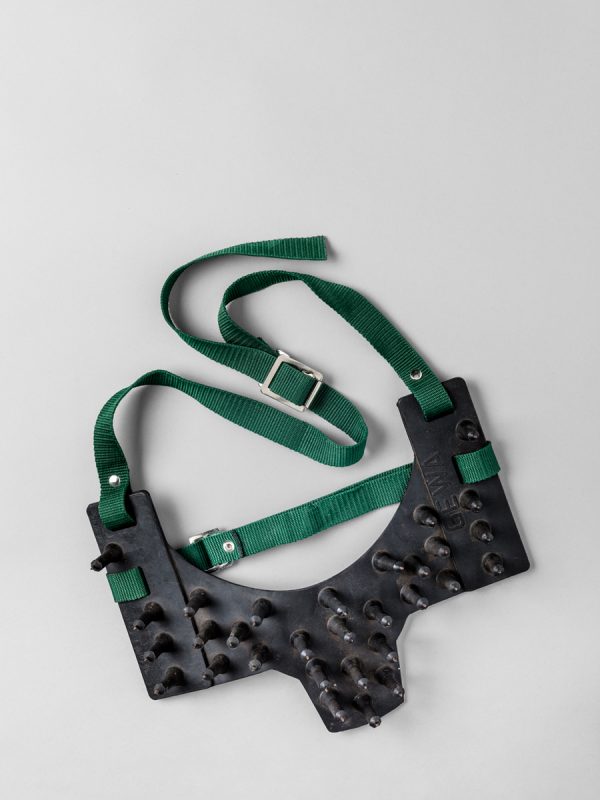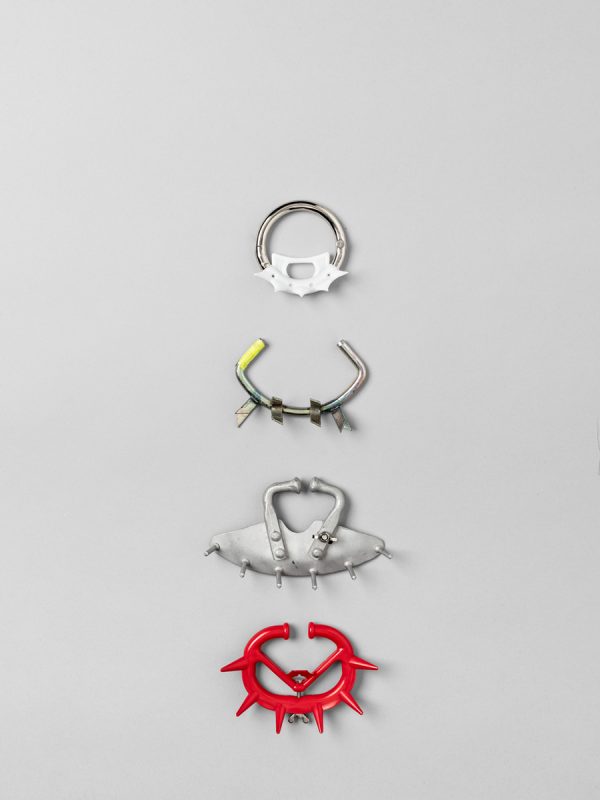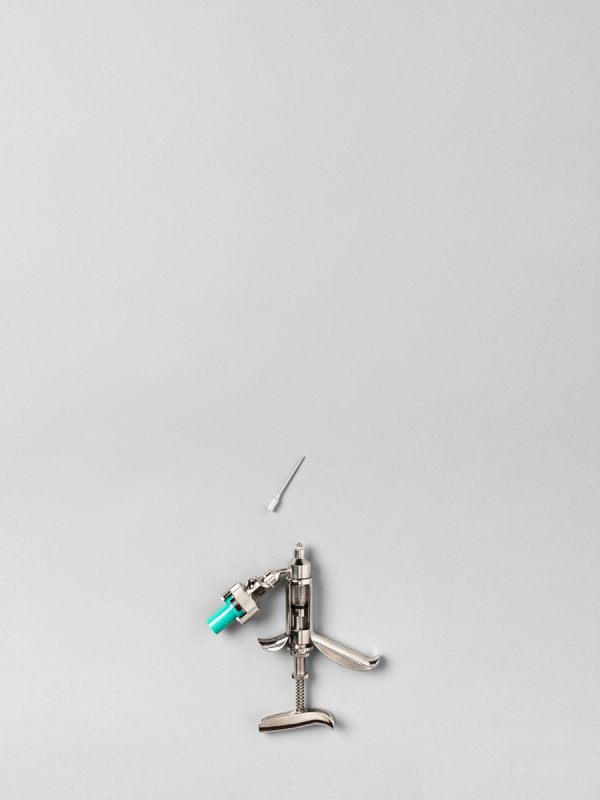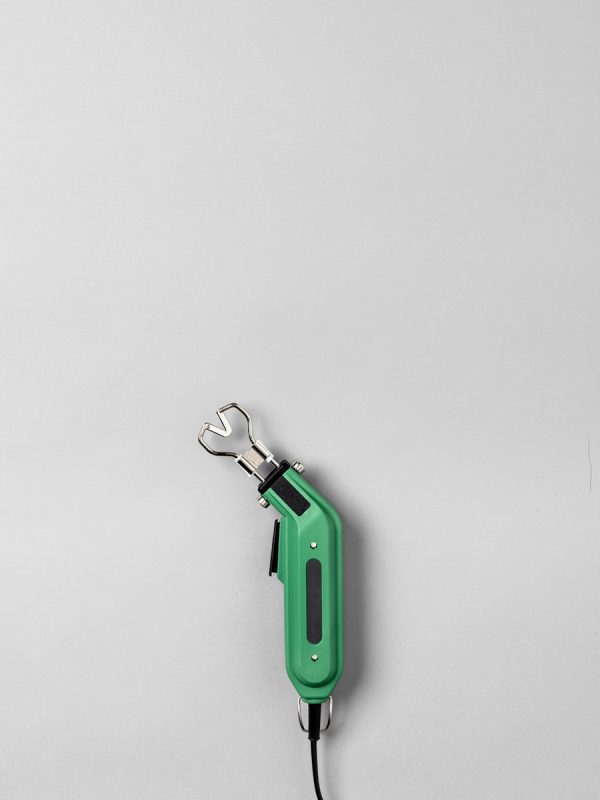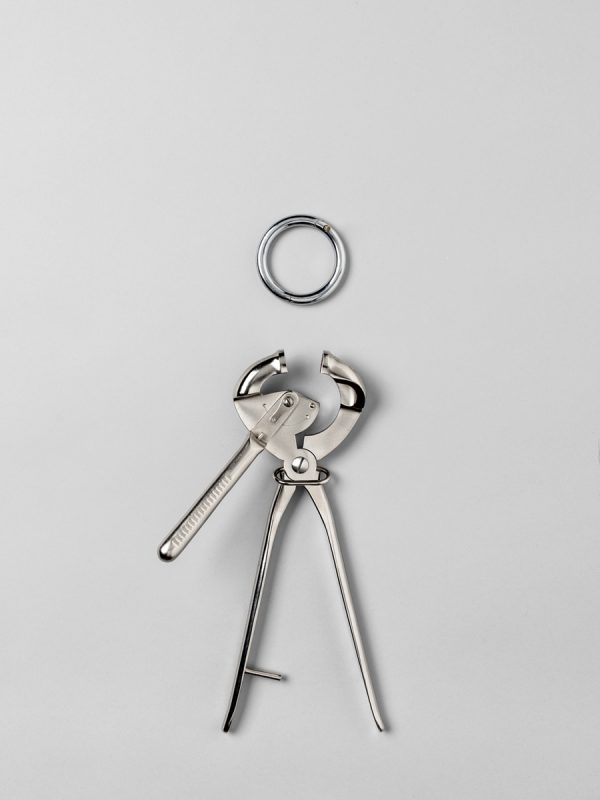Tools
Timo Stammberger
2019 — Berlin, Germany
About this series
Toys and treats for the animals we love, castrators and stun guns for the animals we eat – This series depicts various tools used in the animal industry.
Most people won’t even look at my images from inside the farms. We avoid facing the cruel origin of our food. We’d rather not know. I photographed so many confined animals inside factory farms. Nobody really knows what’s happening to them or comprehends the extent of it. Billions of animals are kept in windowless sheds, hidden away from our cities and the consumer’s eye.
Animal agriculture is one of the most destructive and unethical industries on the planet. It’s a trillion-dollar industry with devastating effects on human health, food safety, farm workers, rural communities, triggering water and air pollution. It is also the leading cause of deforestation, rainforest destruction, water consumption, and responsible for more greenhouse gases than the transportation industry.
Photographer: Timo Stammberger
Nationality: German
Based in: Berlin, Germany
Website: www.timostammberger.com
Instagram: @timostammberger
Timo Stammberger was born in 1980 and grew up in Hamburg. He studied photography at the Ostkreuz School of Photography. In his numerous photographic projects he deals with socio-political topics.
His works have been published in various group exhibitions and numerous media. His clients include Metropolis Magazine, Greenpeace Magazine, Fluter Magazine, Spiegel Online and Süddeutsche Zeitung Magazin. He lives and works in Berlin.





